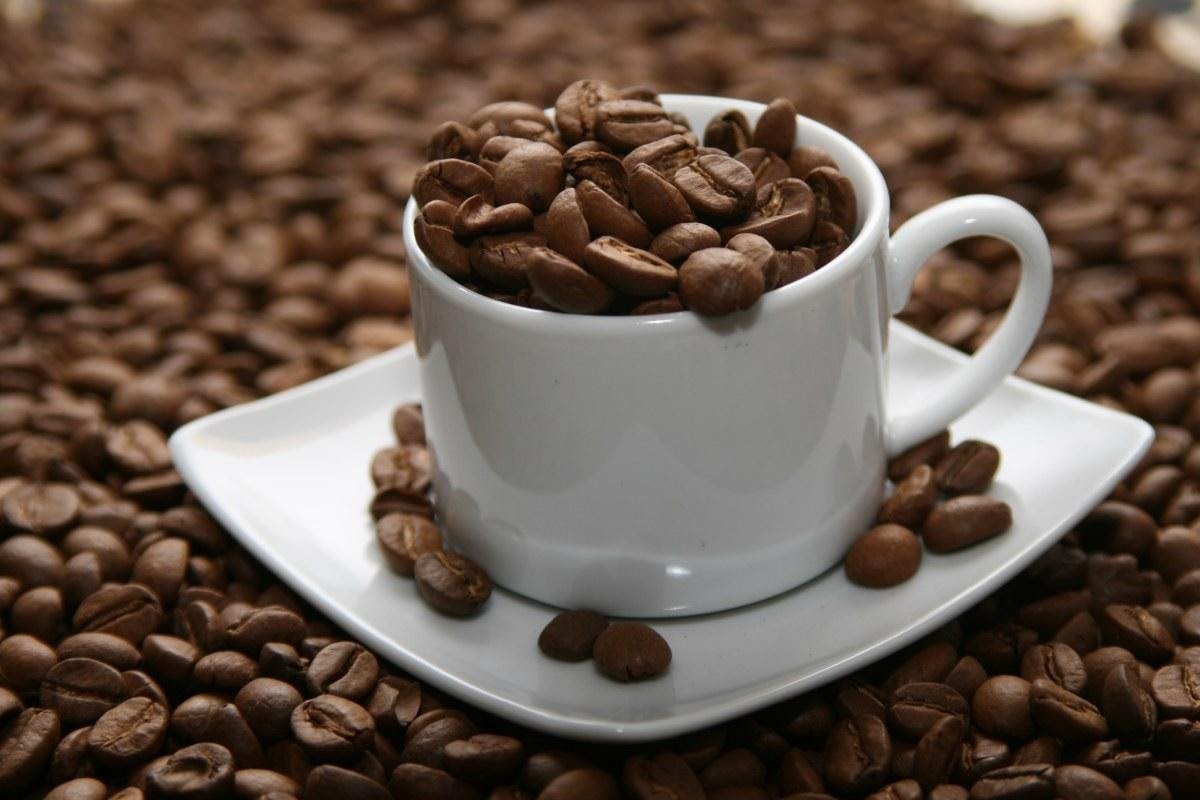HIGHLIGHTS
- The price of Arabica coffee has increased by about 80% this year and all the suppliers are looking to buy this premium coffee.
- Vietnam – the world’s largest exporter of robusta coffee, is expected to have a bumper coffee this year.
FULL ARTICLE
Arabica beans become scarce
The world is facing a serious shortage of Arabica coffee, the type of coffee that offers the best flavor and accounts for about 60% of the world’s coffee production. Supply of this type of coffee is dwindling as extreme weather destroys the coffee crop in Brazil – the world’s largest producer of Arabica coffee. The La Nina weather phenomenon is returning to South America that could last until early 2022, threatening to further reduce Arabica production and the market will take years to recover.

The price of Arabica coffee has increased by about 80% this year and all the suppliers are looking to buy this premium coffee. Arabica coffee prices are skyrocketing, reflecting the worsening supply shortage crisis. Meanwhile, the problem of global shipping congestion is making it even more difficult to get coffee to where it’s needed.
Will Robusta be enough to replace Arabica?
Arabica has a sweeter taste and is often used for cappuccino and latte drinks. Traditionally in Italy, Robusta is used to make espresso or for instant coffee. However, the supply of both coffees is being held back by global supply chain disruptions.

Coffee roasters and retailers have been using more robusta coffee in their products, which can cause a more bitter aftertaste in a cappuccino or latte.
The price of Robusta coffee is still less than half the price of Arabica, and that price difference makes roasters increasingly inclined to use a greater proportion of Robusta coffee in their products’ surnames. Vietnam – the world’s largest exporter of robusta coffee, is expected to have a bumper coffee this year. But domestic exporters are struggling to export because of the prolonged shipping crisis.
Thanh Thao
FURTHER READING
Nestlé invests $30M in Closed Loop fund to expand sustainable packaging use












